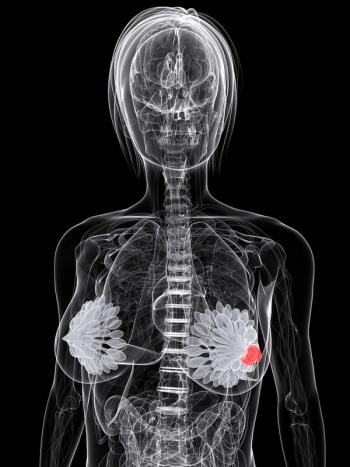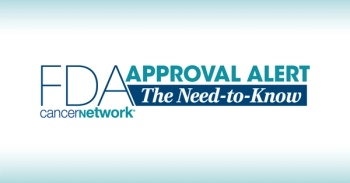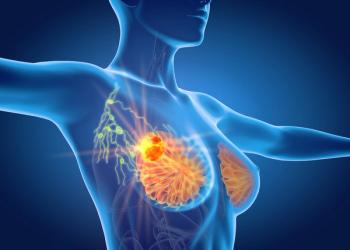
Miami Breast Cancer Conference® Abstracts Supplement
- 42nd Annual Miami Breast Cancer Conference® - Abstracts
- Volume 39
- Issue 4
- Pages: 22-23
TPS 38 ELCIN: Elacestrant in Women and Men With CDK4/6 Inhibitor-Naive Estrogen Receptor-Positive, HER2-Negative Metastatic Breast Cancer: An Open-Label, Multicenter, Phase 2 Study
Background
Endocrine therapy (ET) plus a CDK4/6 inhibitor (CDK4/6i) is the mainstay treatment in first-line estrogen receptor–positive/HER2-negative (ER+/HER2–) metastatic breast cancer; however, a subset of patients is unable to tolerate CDK4/6i, and resistance to ET emerges. Intrinsic resistance mechanisms include alterations in the PI3K/AKT/mTOR or cell cycle pathways; acquired resistance mechanisms include ESR1 mutations, which emerge in up to 50% of patients during prolonged aromatase inhibitor therapy in metastatic breast cancer. In the phase 3 EMERALD trial (NCT03778931), elacestrant significantly prolonged progression-free survival (PFS) vs standard-of-care (SOC) ET and was associated with a manageable safety profile in patients with ER+/HER2– metastatic breast cancer previously treated with ET plus CDK4/6i, leading to its approval as the first clinically available oral SERD. Elacestrant significantly reduced the risk of progression or death vs SOC ET by 30% in the overall population (HR, 0.70; 95% CI, 0.55-0.88; P = .002) and by 45% in patients with ESR1 mutated tumors (HR, 0.55; 95% CI, 0.39-0.77; P = .0005). Preclinical studies demonstrated that elacestrant is equally active in both in vitro and in vivo models of ER+/HER2– breast cancer, regardless of prior exposure to CDK4/6i. Based on preclinical models and clinical efficacy data, elacestrant may improve clinical outcomes in patients who are CDK4/6i-naive and provide a convenient all-oral treatment option if combined with CDK4/6i. The phase 2 ELCIN trial (NCT05596409) will evaluate efficacy and safety of elacestrant in patients with ER+/HER2– metastatic breast cancer who received prior ET and no prior CDK4/6i in the metastatic setting.
Materials and Methods
ELCIN is an open-label, multicenter, single-arm phase 2 trial. Eligible patients are women or men with ER+/HER2− metastatic breast cancer who received 1 to 2 lines of prior ET and no prior CDK4/6i or chemotherapy in the metastatic setting. Patients must have measurable disease per RECIST v1.1 or a mainly lytic bone lesion (for bone disease only), ECOG performance status of 0 to 1, adequate bone marrow and organ function, and no active or newly diagnosed central nervous system metastases or visceral crisis. Patients will receive elacestrant at 345 mg once daily. The primary objective is investigator-assessed PFS. Secondary objectives are overall response rate, duration of response, clinical benefit rate, overall survival, patient-reported outcomes, quality of life, and safety. Exploratory objectives include elacestrant efficacy according to ESR1 mutation status, changes in biomarkers, including allele mutation frequencies (cfNAs), and the relationship between efficacy end points.
Status
ELCIN has a planned sample size of 60 patients; recruitment is ongoing worldwide.
Articles in this issue
Newsletter
Stay up to date on recent advances in the multidisciplinary approach to cancer.
















































































